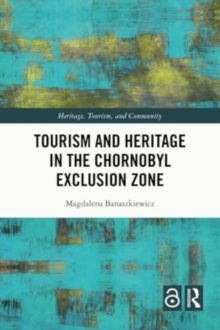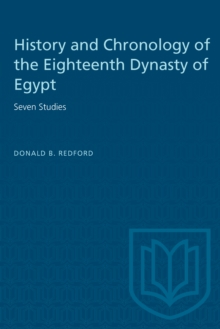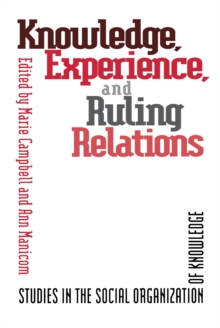
The Workers' Festival : A History of Labour Day in Canada PDF
by Craig Heron, Steve Penfold
Part of the Heritage series
Description
For most Canadians today, Labour Day is the last gasp of summer fun: the final long weekend before returning to the everyday routine of work or school.
But over its century-long history, there was much more to the September holiday than just having a day off.
In The Workers' Festival, Craig Heron and Steve Penfold examine the complicated history of Labour Day from its origins as a spectacle of skilled workers in the 1880s through its declaration as a national statutory holiday in 1894 to its reinvention through the twentieth century.
The holiday's inventors hoped to blend labour solidarity, community celebration, and increased leisure time by organizing parades, picnics, speeches, and other forms of respectable leisure.
As the holiday has evolved, so too have the rituals, with trade unionists embracing new forms of parading, negotiating, and bargaining, and other social groups re-shaping it and making it their own.
Heron and Penfold also examine how Labour Day's monopoly as the workers' holiday has been challenged since its founding, with alternative festivals arising such as May Day and International Women's Day.
The Workers' Festival ranges widely into many key themes of labour history – union politics and rivalries, radical movements, religion (Catholic and Protestant), race and gender, and consumerism/leisure – as well as cultural history – public celebration/urban procession, urban space and communication, and popular culture.
From St. John's to Victoria, the authors follow the century-long development of the holiday in all its varied forms.
Information
-
Download - Immediately Available
- Format:PDF
- Pages:340 pages
- Publisher:University of Toronto Press
- Publication Date:15/12/2005
- Category:
- ISBN:9781442657342
Other Formats
- Hardback from £81.45
- Paperback / softback from £40.49
- EPUB from £39.94
Information
-
Download - Immediately Available
- Format:PDF
- Pages:340 pages
- Publisher:University of Toronto Press
- Publication Date:15/12/2005
- Category:
- ISBN:9781442657342










